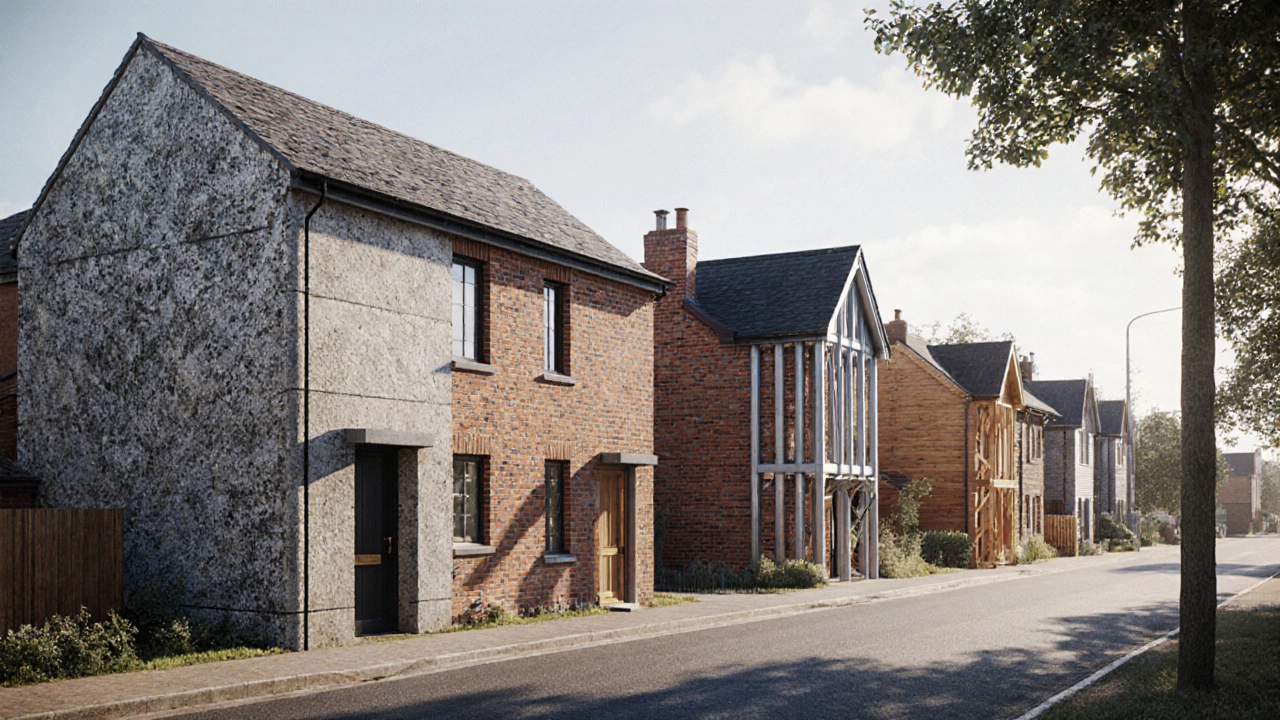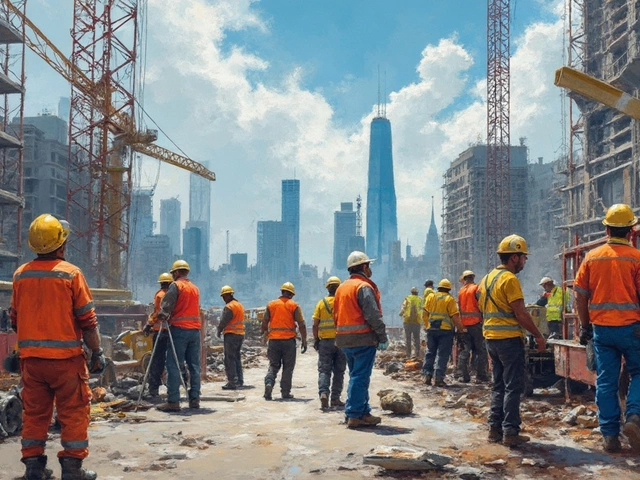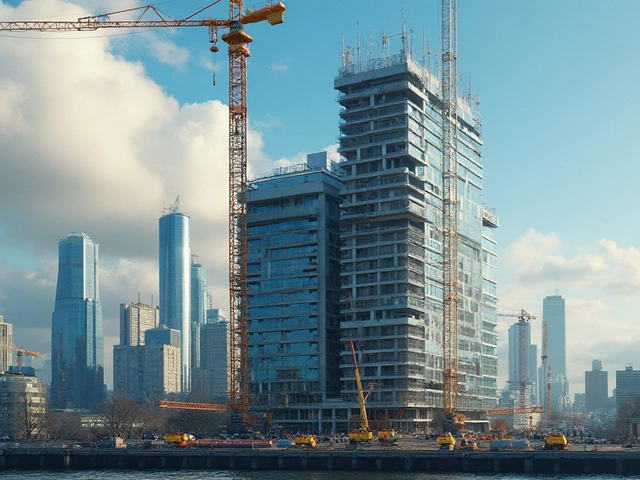Construction Material Lifespan
When talking about Construction Material Lifespan, the period a material retains its structural and functional performance in a building. Also known as material durability, it decides how long a wall, floor or roof stays safe and serviceable. The choice of building materials, such as concrete, steel, timber, or limestone plays a huge role, because each material ages differently. Material degradation, the loss of strength, aesthetic appeal, or weather‑resistance over time is the opposite side of the coin – it shows what happens when a material reaches the end of its useful life. Understanding these two sides helps you pick the right product for the job and plan for future upkeep. Construction material lifespan isn’t just a buzzword; it’s a practical metric that can save money and headaches down the line.
Key Factors That Impact Lifespan
Several forces shape how long a material will last. First, maintenance practices, regular inspections, cleaning, and repairs can stretch a roof’s life by decades, while neglect shortens it dramatically. Second, the local climate matters – freeze‑thaw cycles, high humidity, or salty coastal air accelerate corrosion in steel and cracking in concrete. Third, load and usage intensity affect wear; a heavily trafficked warehouse floor endures more stress than a residential hallway. Fourth, installation quality matters; poor joint sealing or misaligned studs invite moisture, leading to early mold growth and hidden rot. Finally, material quality and sourcing are critical – a high‑grade limestone from a reputable quarry resists erosion better than a low‑cost, poorly processed stone. When you combine these elements, you get a clear semantic chain: Construction material lifespan requires proper maintenance, environmental exposure influences material degradation, and high‑quality building materials reduce the need for frequent repairs. By looking at each factor, you can estimate a realistic service period and budget for future interventions.
Assessing lifespan starts with simple tools: visual inspections, moisture meters, and review of manufacturer data sheets. For larger projects, life‑cycle assessment (LCA) software predicts long‑term performance and carbon impact, letting you compare steel frames versus timber or limestone cladding side by side. The posts below dive into topics that directly affect lifespan – from why steel‑frame construction dominates commercial builds, to how new‑build homes can still develop mold, and what signs indicate an unfixable foundation. You’ll also find guides on picking profitable construction company types, understanding contractor tiers, and mastering the 345 rule for solid foundations. All of these pieces fit into the bigger picture of making sure the materials you choose stay strong, safe, and cost‑effective for as long as possible. Ready to explore the details? Scroll down to discover practical advice, checklists, and real‑world examples that will help you manage construction material lifespan like a pro.
Longest‑Lasting Building Materials for Houses: What Really Stands the Test of Time

Explore the most durable building materials for homes, compare stone, concrete, brick, steel, and engineered wood, and learn how to choose the best option for lasting strength and low maintenance.
read more



